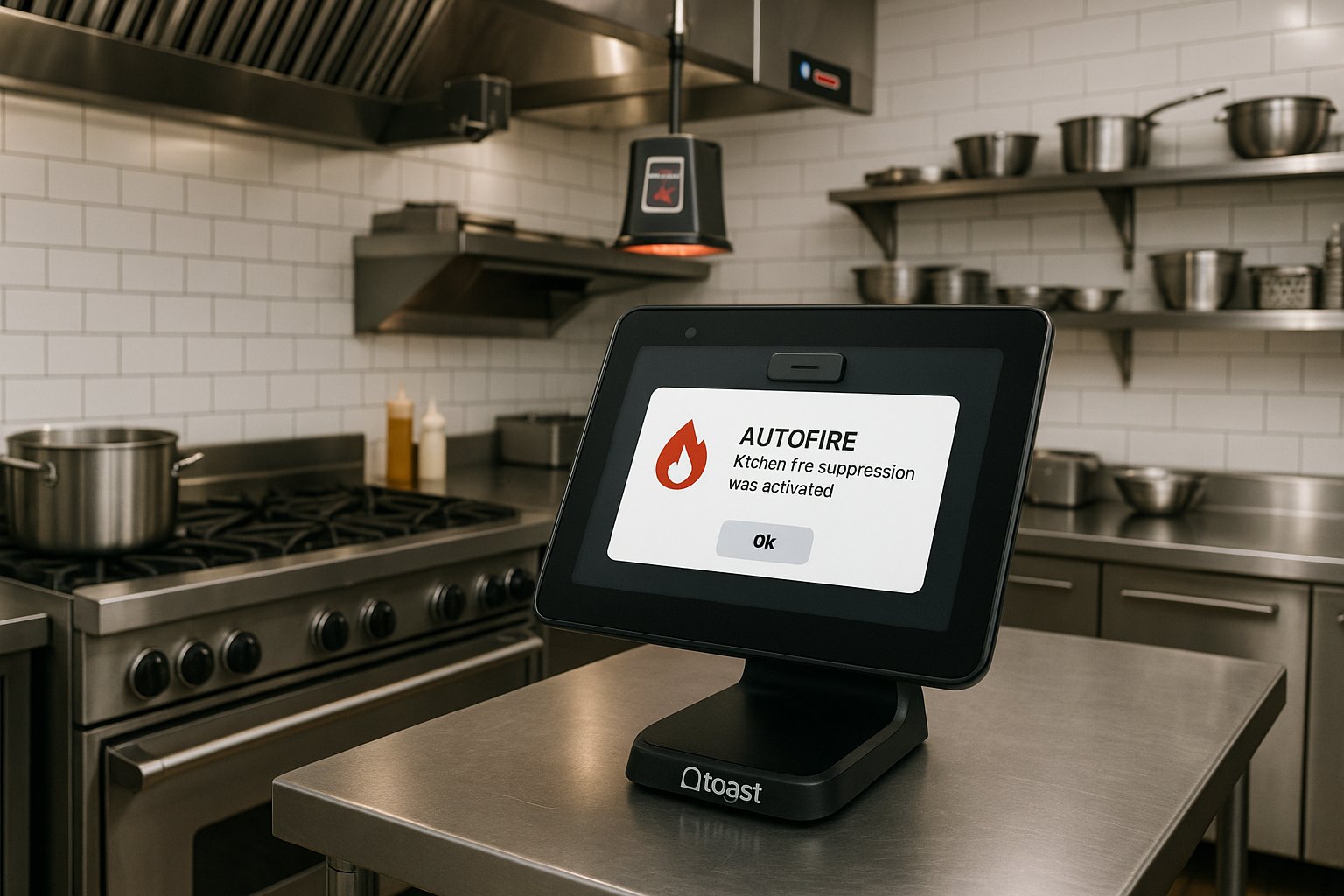Smooth Shift Transition: Best Practices for Success
Introduction
Handling shift changes in a restaurant can be a critical task, as it ensures that operations run smoothly and customer service remains consistent. Implementing best practices is essential for a seamless transition. Toast POS offers various features that allow restaurant managers and staff to handle shift changes effectively. By following these guidelines, restaurants can minimize errors and maintain productivity even during busy periods.
One of the most important practices for a smooth shift transition is clear communication. Before a shift change, outgoing staff should communicate vital information to incoming employees, including ongoing tasks, customer complaints, and special requests. Utilizing Toast POS’s messaging feature allows staff to share real-time updates and alerts with each other, ensuring that everyone is on the same page. This transparency fosters a supportive work environment and enhances teamwork.
Additionally, establishing standard operating procedures for shift changes can greatly enhance efficiency. Managers can create a checklist to guide employees through the process, including logging out of the POS system, completing cash drawers, and updating inventory counts. By implementing a structured approach and leveraging Toast POS’s reporting features, restaurants can ensure that shifts transition smoothly without disrupting service.
Leveraging Toast POS for Efficient Shift Changes
When using Toast POS, restaurant staff can take full advantage of its various functionalities to streamline shift changes. The system provides real-time access to sales data, employee schedules, and performance metrics, enabling managers to make informed decisions during shift transitions. By understanding the flow of business, managers can allocate resources effectively and ensure that there is adequate coverage during peak hours.
Another essential feature of Toast POS is its shift management tool, which allows users to assign roles and responsibilities seamlessly. By inputting employee schedules directly into the system, businesses can easily see who is available and assign shifts accordingly. Employees can also check their schedules through the mobile app, reducing confusion and last-minute changes. This eliminates the need for extensive manual scheduling and helps maintain a balanced workforce.
Furthermore, Toast POS offers detailed analytics that can help managers identify patterns in shift changes, such as peak times that require additional staffing. By analyzing these insights, restaurants can better prepare for shift transitions and adjust their schedules proactively, leading to improved customer satisfaction and operational efficiency.
Training Staff: Ensuring Seamless Shift Handoffs
Effective training is paramount when it comes to ensuring seamless shift handoffs in a restaurant setting. With Toast POS, managers can provide comprehensive training to staff on how to properly utilize the system during shift changes. This includes familiarizing employees with the interface, understanding key features related to shift management, and knowing how to troubleshoot common issues that may arise.
New hires should undergo a rigorous training program that includes shadowing experienced staff during shift transitions. This allows them to observe best practices and understand the importance of communication and attention to detail. Toast POS can be integrated into these training sessions, providing hands-on experience that reinforces learning and builds confidence among staff.
Additionally, ongoing training and refresher courses are essential to keep all employees updated on any changes in the POS system or operations. Regular feedback sessions can help identify areas for improvement, ensuring that shift changes are executed smoothly and efficiently every time.
Troubleshooting Common Shift Change Issues
Despite best efforts, issues can occasionally arise during shift changes. Common problems may include discrepancies in cash drawers, miscommunication between staff members, or technical difficulties with the Toast POS system itself. To effectively troubleshoot these issues, it is essential to have a clear plan in place.
One approach is to conduct a quick review of the cash drawer before the shift officially changes hands. This involves counting the cash and ensuring it matches the POS records. If discrepancies are found, they can be addressed immediately, reducing the potential for errors later in the shift. Using Toast POS’s built-in reporting features, managers can track cash flow and identify anomalies efficiently.
Additionally, addressing communication breakdowns is critical. Managers should encourage staff to ask questions and seek clarification if they are uncertain about a particular task or situation. Utilizing Toast POS’s messaging and notification tools can help facilitate clearer communication, ensuring that all team members are informed and aligned during shift transitions.
Conclusion
Navigating shift changes with Toast POS can be a straightforward process when best practices are implemented, staff is well-trained, and common issues are effectively addressed. By leveraging the capabilities of Toast POS, restaurants can enhance their operational efficiency, improve staff communication, and ultimately provide a better experience for both employees and customers.


